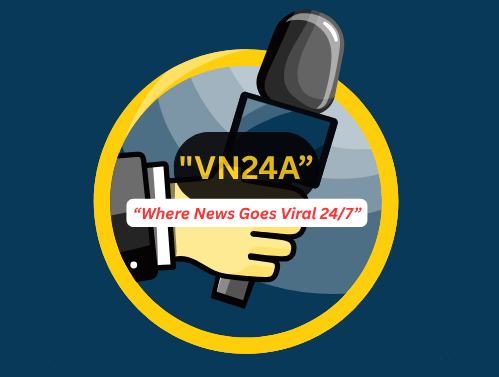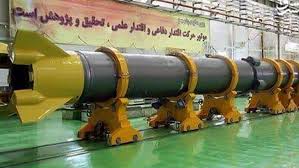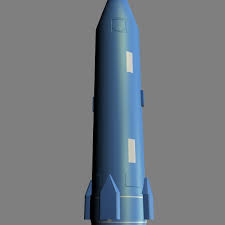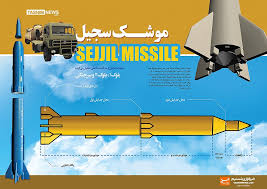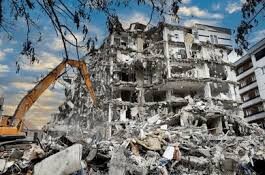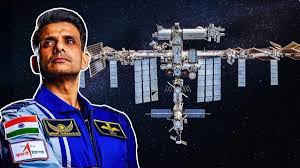Sijjil Missile: Iran’s Strategic Game-Changer in 2025
Introduction
Iran’s Sijjil missile is a cutting-edge medium-range ballistic missile (MRBM) developed by Iran. Powered by solid-fuel propulsion, it symbolizes Iran’s determination to modernize its military and assert its influence across the Middle East. With a strike range reaching up to 2,500 kilometers, the Sijjil missile poses a significant challenge to U.S. allies such as Israel, Saudi Arabia, and to U.S. military bases stationed in the region. The Sijjil Missile: Iran’s Strategic Game-Changer in 2025 is a pivotal development in their military capabilities. This advancement reaffirms the significance of the Sijjil Missile: Iran’s Strategic Game-Changer in 2025 in the broader context of regional security. This technology marks a new era for the Sijjil Missile: Iran’s Strategic Game-Changer in 2025.
Iran’s missile program, particularly the Sijjil series, has become a cornerstone of its defense strategy, backed by the Islamic Revolutionary Guard Corps (IRGC).
The development of the Sijjil Missile: Iran’s Strategic Game-Changer in 2025 is a clear indication of Iran’s long-term military objectives and its commitment to enhancing its defense capabilities.
Sijjil Missile Specifications
FeatureDetailsTypeFuel Type
Medium-Range Ballistic Missile (MRBM) Solid fuel (two-stage propulsion) Range 2,000 to 2,500 kilometers Top Speed Estimated over Mach 12 Payload 650–1,000 kg warhead Launch Method Road-mobile via TEL (Transporter Erector Launcher) Variants Sijjil-1, Sijjil-2 These specifications make the Sijjil missile one of the fastest and most mobile MRBMs in the Middle East.
Sijjil Variants: From Sijjil-1 to Sijjil-2
Sijjil-1
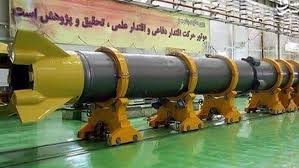
First tested in November 2008
Marked the debut of Iran’s solid-fuel missile technology
Offered better launch readiness and mobility than liquid-fueled missiles
Sijjil-2
First flight test conducted in May 2009
Enhanced with greater range, improved speed, and higher accuracy
Designed for better radar evasion and precision targeting
These improvements enable faster deployment and greater operational flexibility.
Why Solid Fuel Is a Game-Changer
The adoption of solid fuel over traditional liquid fuel has revolutionized Iran’s missile strategy. Key benefits include:
Faster launch time (no pre-launch fueling required)
Improved readiness for surprise or retaliatory attacks
Easier storage and maintenance
Supports a second-strike capability, increasing strategic deterrence
This shift places Iran’s missile technology on par with modern standards and boosts its credibility in potential conflicts.
Strategic Importance in the Middle East
The Sijjil missile plays a pivotal role in Iran’s regional posture. Its deployment helps Iran:
Deter military threats from Israel, Saudi Arabia, and UAE
Exert pressure on U.S. bases located in Iraq, Bahrain, and Qatar
Use missile diplomacy in international negotiations
Controlled by the IRGC, the missile serves as a symbol of deterrence and sovereign defense.
Iran’s Missile Arsenal in 2025: An Overview
As of 2025, Iran’s missile development has not slowed down despite global sanctions. Alongside the Sijjil, Iran fields a diverse range of systems:
Shahab-3 (liquid-fueled MRBM)
Fateh-110 and Zolfaghar (short-range solid-fuel missiles)
Kheibar Shekan – a newer generation of precision-guided solid-fuel MRBMs
Iran is also investing heavily in underground missile cities, mobile TEL platforms, and stealth delivery systems.
📰 Related: Read our internal analysis on Kheibar Shekan Missile Technology.
📚 External Resource: Center for Strategic and International Studies (CSIS) – Missile Threat provides comprehensive global missile data.
Sijjil vs. Shahab-3: A Quick Comparison
Feature Sijjil Shahab-3 Fuel Type Solid Liquid Range ~2,500 km ~1,300–2,000 km Launch Speed Very fast Slower Accuracy High Moderate Maintenance Easier Complex The Sijjil missile clearly outpaces the Shahab-3 in every modern metric, solidifying its relevance in Iran’s 2025 missile arsenal.
Controversy and Global Reactions
Although Iran claims the Sijjil missile is non-nuclear, Western defense analysts worry that its range and payload capacity make it nuclear-capable. This raises concerns regarding:
Possible violations of UN Security Council Resolution 2231
Escalation in the regional arms race
Increased tension with NATO and GCC nations
Despite denials, the potential for the Sijjil to become a nuclear delivery system cannot be ignored.
Conclusion
The Sijjil missile represents a significant leap in Iran’s missile technology. With its solid-fuel engines, extended range, and high strike speed, it poses a credible threat to regional and global adversaries. As reports suggest a Sijjil-3 under development, the balance of power in the Middle East may shift even further in the coming years.
🛡 For continued updates on regional missile developments, visit our Defense Section.
FAQs
Q1: Is the Sijjil missile operational?
Yes, as of 2025, the Sijjil is believed to be in limited operational service with the IRGC.
Q2: Can the Sijjil carry nuclear warheads?
Technically, yes. It has the payload capacity, but no confirmed nuclear warheads have been deployed by Iran.
Q3: What countries fall within its range?
Israel, Saudi Arabia, UAE, Turkey, Egypt, and parts of Eastern Europe are within its 2,500 km strike zone.
